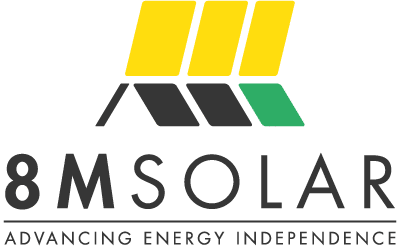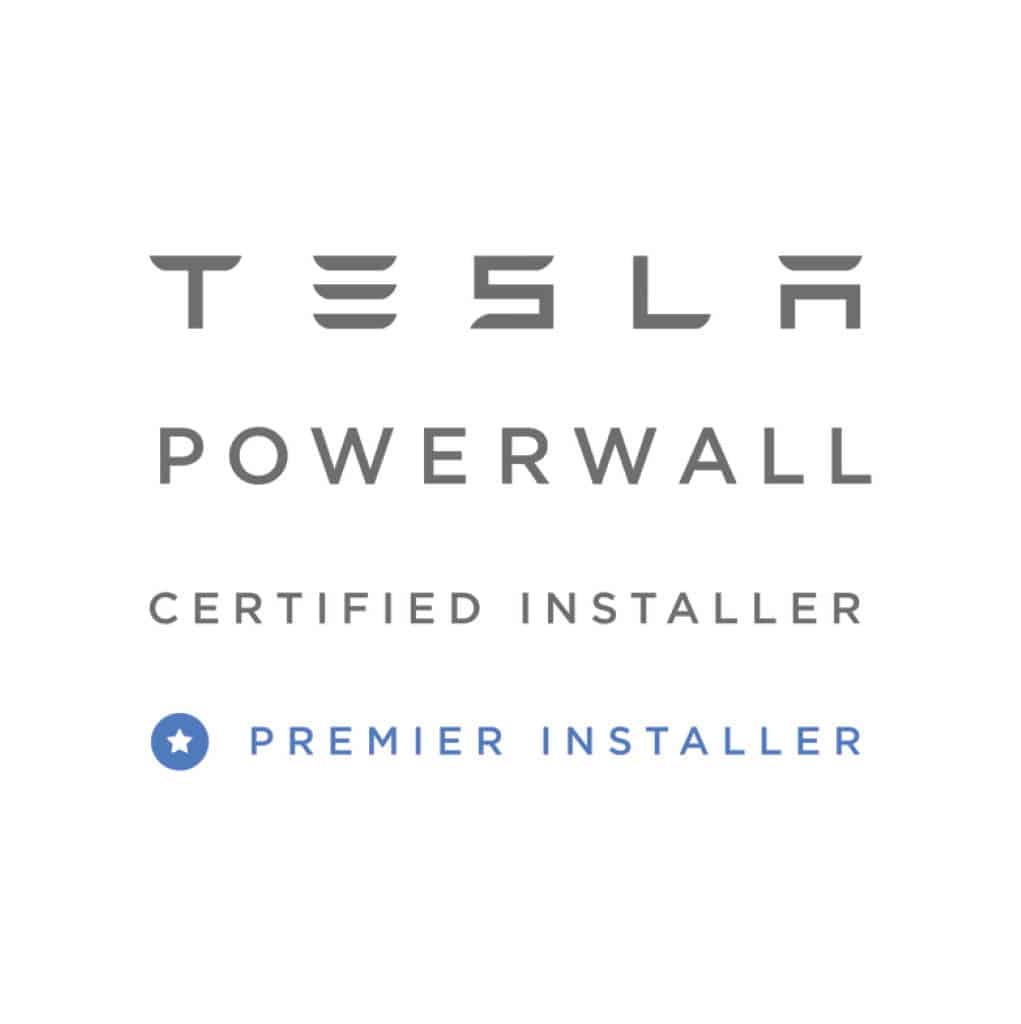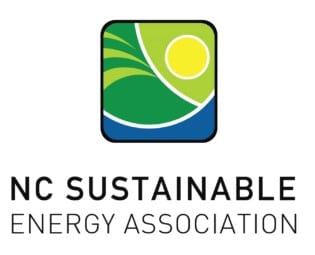How N-Type, P-Type, Diffuse & Direct Radiation Work in Solar Systems
The first step is to understand the different types of solar radiation
The sun is a giant star that emits energy all the time. This energy is radiated outwards towards everything and eventually makes it way to the earth. For solar installations this radiation is especially important because peak power production depends on it. There are various components of solar radiation and their effect on your photo-voltaic system is discussed below.
Direct Radiation
This is all the radiation from the sun that reaches earth without interception which means there is no interference by clouds, building, trees etc. This can be best understood by going out on a bright sunny day and noticing how light is coming directly to the ground with no interference. Solar PV systems make their most power when they are fueled by direct solar radiation.
Diffuse Radiation
This form of radiation makes it way to the earth in a more roundabout manner. Typically clouds, water vapor and airborne particles block / diffuse the radiations path to earth’s surface. A good analogy would be to go out during a cloudy or rainy day. Notice how you still can see light? This is not direct light, rather diffused light. It is not as bright as direct sunlight but still allows you to see! Similarly, during overcast and cloudy conditions, solar panels are still producing power without direct radiation by tapping into the indirect radiation present.
A Silicon Sandwich
That is really all that a solar panel is, there is typically a tempered glass, non reflective outside layer meant to provide environmental protection. The top of the solar panel has a conductive electrode that typically acts as the cathode (negative electrode). This is followed by a nice thick layer of either n-type or p-type semi conductors.
N-type solar panels: Have more free electrons than atoms
P-type solar panels: Have less free electrons
The top layer is followed by the depletion zone and then the opposite type material is on the other side of this zone.
The bottom layer of the solar panel is the opposite electrode – anode (positive electrode). Sunlight has photos in it that are energized, this energy is imparted to these photos from the chemical reactions that are happening in the sun!
This energy from the photos is then transferred to the semi conductor materials in the solar cells creating a steady flow of electrons that be seen in the image below. This flow of electrons is then harnessed by the inverter creating AC electricity that can be used to power your home or business!
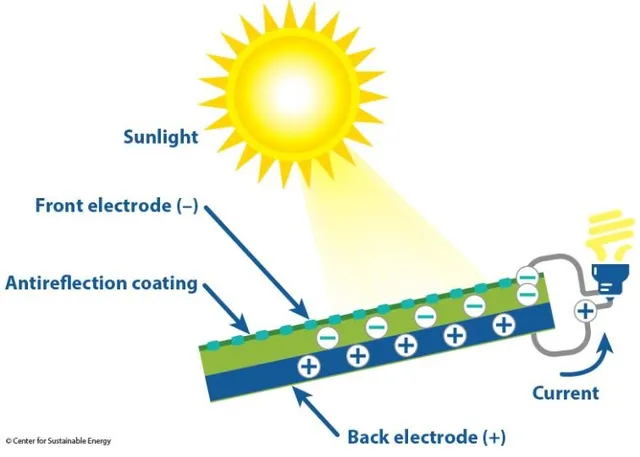
Summing it all up!
Now that we know some of the ways the sun’s energy comes to the earth we need a way to quantify the total energy received over an area. This term is called Solar Irradiance and measures the intensity of the solar power received over an area. The standard units of irradiance are W/m2 and the total amount of irradiance depends on a number of factors including location of PV module, its position relative to the sun, the time of the year and weather conditions.
To find out how Solar Irradiance affects a solar panel system in the Raleigh, Durham, Cary area, please Check Our Solar Calculator . To know more of our service concerning solar energy in Cary NC , Contact Us Today!
